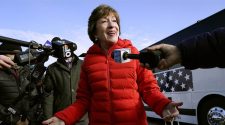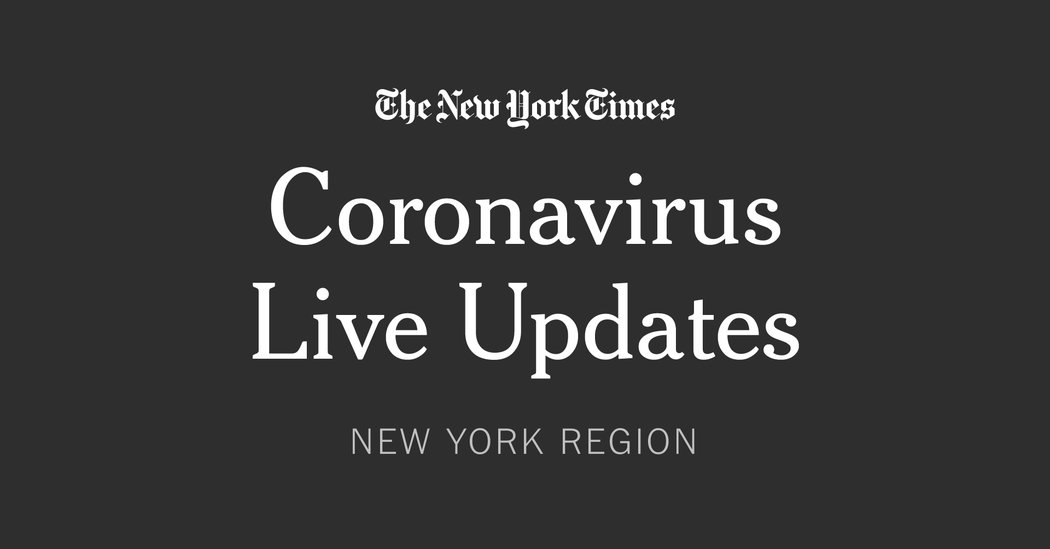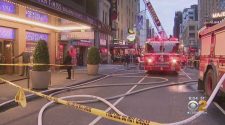City Council pushes to expand outdoor dining.
With the weather getting warmer and New Yorkers getting antsier, the New York City Council wants to force Mayor Bill de Blasio’s hand on outdoor dining.
The Council introduced legislation Thursday afternoon, backed by the restaurant industry, requiring the mayor to find a way to open streets, sidewalks and public plazas to outdoor dining.
Corey Johnson, the Council speaker, and Councilman Antonio Reynoso of Brooklyn are spearheading the effort.
Andrew Rigie, executive director of the New York City Hospitality Alliance, a business group, said the idea was to require the mayor to establish a framework to identify appropriate places for restaurants to sell food and beverages outside, and create a mechanism by which businesses and community boards could submit suggestions.
The bill would also require the city to set health and safety requirements for such operations.
“Our hope is there may be areas where entire streets could be shut down for restaurant service,” Mr. Rigie said. “Other places you may be able to extend the sidewalk, while keeping a lane of cars and bike lanes. Other places, you may be able to use pedestrian plazas. We really need to be creative.”
Last week, 24 council members sent a public letter to Mr. De Blasio urging him to create more space for outdoor dining, citing similar efforts in Tampa, Cincinnati and Lithuania.
“New York City faces urgent crises on many fronts — but we must make sure that our bars and restaurants are able to survive and recover,” they wrote.
At the mayor’s daily briefing on Thursday, he noted that restaurants and bars were not among the businesses included in the state-permitted first phase of reopening, which the city hopes to enter in early June.
When they do come online, though, Mr. de Blasio said, “I’m hopeful that the outdoors can be a big part of the solution.”
Just east of the city in Nassau County, the county executive, Laura Curran, said on Twitter on Thursday that she planned to close main streets to vehicles in towns across the county this summer for dining and shopping, “creating a town square feeling with safe social distance.”
Gov. Andrew M. Cuomo said on Thursday he would issue an executive order authorizing any business in New York State to deny entry to people who were not wearing face coverings.
“We’re giving the store owners the right to say, if you’re not wearing a mask, you can’t come in,” Mr. Cuomo said. “That store owner has a right to protect themselves. That store owner has a right to protect the other patrons in that store.”
Mr. Cuomo also delivered the state’s daily fatality report: 74 more people died of the coronavirus, about the same as the previous two days.
The governor delivered his briefing at a Boys and Girls Club in Flatbush, Brooklyn, one of the areas hit hardest by the virus, and was joined by the comedian Chris Rock and the actor Rosie Perez. Both of them grew up in Brooklyn and amplified the governor’s message on the importance of face coverings.
Mr. Rock said he saw many young people in Brooklyn with faces uncovered.
“It’s sad that our health has become sort of a political issue,” Mr. Rock said. “It’s a status symbol almost, to not wear a mask.”
Between 200,000 and 400,000 unemployed New Yorkers could head back to work when the city begins the first phase of reopening, which could come as soon as early June, Mayor Bill de Blasio said on Thursday.
The figure represents over 20 percent of the 885,000 private-sector jobs that the city has lost during the pandemic.
Under the state’s phased reopening plan, when a region meets seven health-related benchmarks, construction and manufacturing can resume, along with nonessential retail sales for curbside or in-store pickup only.
“The vast majority say they’re ready,” Mr. de Blasio said of the city’s shuttered business operations.
New York City is the only region in the state yet to meet all seven benchmarks — it does not have enough hospital beds available or contact tracers in place.
More than 40 million people — approximately 1 in 4 U.S. workers — have lost their jobs nationwide because of the pandemic, the U.S. Labor Department reported on Thursday.
Just because the curve is flattening and New York City remains on lockdown, it doesn’t mean people aren’t getting sick.
In the past two weeks, nearly 50,000 people in New York, New Jersey and Connecticut tested positive for the coronavirus, more than 13,000 in New York City alone.
Who are they? Essential workers, one doctor said. Essential workers’ families, said another. The elderly. People in poor neighborhoods in the Bronx. People living in such crowded conditions that social distancing within the home is impossible. Outside the city, farm workers.
The Times talked to doctors, health officials and patients themselves to try to understand who is still getting sick, and why. The portrait is still emerging.
One 52-year-old woman named Maria, who delivers meals to the elderly in Bushwick, Brooklyn, said she had done everything she could to avoid the virus.
She sprays the inside of the delivery truck with Lysol before she gets in. She hangs her clients’ meals on the doorknob and leaves before they open the door, and she changes her gloves after each delivery.
At the public-housing building she lives in, she does not get in the elevator if someone else is in it. Her son does not leave home without a mask, nor does her 17-year-old granddaughter.
Her husband is an essential worker, too — he works in a supermarket. But he tested negative recently.
But somehow Maria started to feel congested in early May, and when she got tested, the result came back positive.
“It’s a mystery,” Maria said. “That’s what I was telling the doctor — how is that possible? She says, ‘You know Maria, this is something that we’re learning about every day.’”
It is 46 years old, weighs nearly four pounds in paperback and is about as ill-suited for the internet age as they come: The book is not even available for digital readers.
And yet, in certain circles, “The Power Broker: Robert Moses and the Fall of New York,” the 1,246-page tome by Robert Caro, has become a breakout star of the Covid-19 era.
In TV interview after TV interview with journalists and politicians working from their homes in New York City and beyond, “The Power Broker,” Mr. Caro’s magisterial 1974 biography, is often conspicuously visible in the background, its bold red-and-white spine popping out from the screen, the ultimate signifier of New York political sophistication.
Representative Max Rose, a first-term Democrat who represents Staten Island and parts of southern Brooklyn, acknowledged intentionally placing the book stage right of his head.
The book also appears behind Jonathan Capehart of The Washington Post, and next to the White House reporter for The Associated Press, Jonathan Lemire. For many reporters on NY1, the cable news network, the book has become a must-have, must-be-seen accessory.
One anonymous New York journalist has documented some of the sightings with a Twitter feed, @CaroOnRoomRater.
“I think, like a lot of people, I stare at the books in the background of every cable pundit’s shot from home,” said the writer, who asked to remain anonymous so that his name would not be forever associated with the Twitter feed.
The sightings have also garnered the attention of the 84-year-old biographer himself.
“Watching television during the last few weeks has been quite a stunning and humbling experience for me,” Mr. Caro said.
“The Power Broker” tells the story of Mr. Moses, a New York City urban planner whose mastery of power enabled him to reshape the face of the New York region, becoming arguably the most able practitioner of politics the city and state have ever seen.
Are you a health care worker in the New York area? Tell us what you’re seeing.
As The New York Times follows the spread of the coronavirus across New York, New Jersey and Connecticut, we need your help. We want to talk to doctors, nurses, lab technicians, respiratory therapists, emergency services workers, nursing home managers — anyone who can share what’s happening in the region’s hospitals and other health care centers.
A reporter or editor may contact you. Your information will not be published without your consent.
Reporting was contributed by Maria Cramer, Michael Gold, Andy Newman, Dana Rubinstein, Matt Stevens and Katie Van Syckle.
















